Breathing in swimming is a pseudo-problem—it’s a breathing technique unrelated to your stroke.


On land, whether moving or sleeping, we breathe continuously and automatically—our noses handle both inhaling and exhaling. We only resort to mouth breathing during intense physical activity. But here’s the question: if natural breathing happens so effortlessly on land, why don’t we call it "breathing" underwater? Instead, we say "gasping for air"—or more precisely, "gill exchange."
As long as you exhale, fresh air will naturally flow in—so while "ventilation" involves both exhaling waste air and inhaling fresh air, the only part a person can directly control is exhaling, not drawing in fresh air.
From this perspective, breathing is nothing more than a pseudo-problem—once you master exhaling stale air effectively, effortless and confident breathing comes naturally. No matter the swimming stroke, breathing should never become an obstacle to learning how to swim.
After fresh air contributes to muscle exertion, it turns into exhaust gas. When this exhaust builds up, it can create a feeling of chest tightness—promptly exhaling is essential to let in fresh air again. It’s a natural, seamless process.
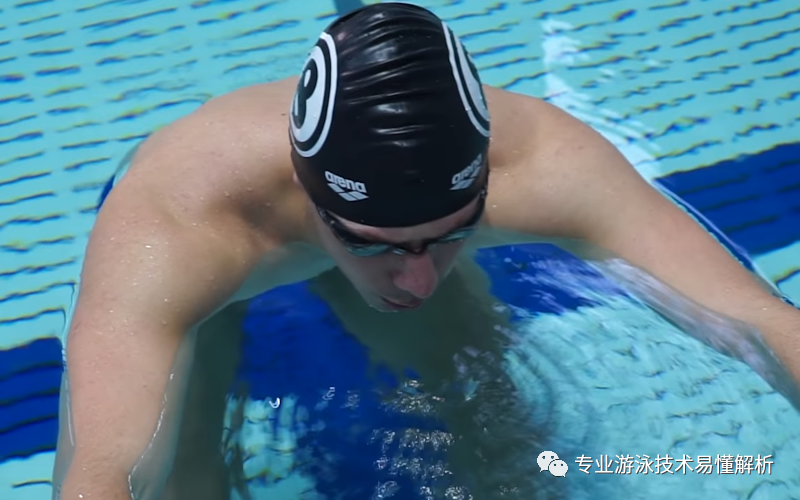
1. Control your nasal exhalation carefully.
Learning to swim inevitably involves choking, especially on your nose—so mastering controlled exhalation through your nose is the only way to prevent it.
Take a natural breath, then gently dip your nose underwater and slowly exhale, feeling the tiny bubbles you blow out through your nose. As you get used to this sensation, take another deep breath and repeat the exhaling exercise—this time noticing the distinct difference between the two experiences.
Once you’ve mastered the technique, position your nose just above the water’s surface—or as close to it as possible—and gently control your exhalation. Keep your eyes focused on the ripples created by the airflow as it disturbs the water. Repeat this exercise several times, gradually extending your exhale while ensuring each breath becomes smoother and more natural.
If you feel bored during the exercise, try switching to blowing air through your mouth toward the water surface—again, aim to extend your exhale as much as possible—and notice the distinct sensations in your lungs when breathing out through your nose versus your mouth.
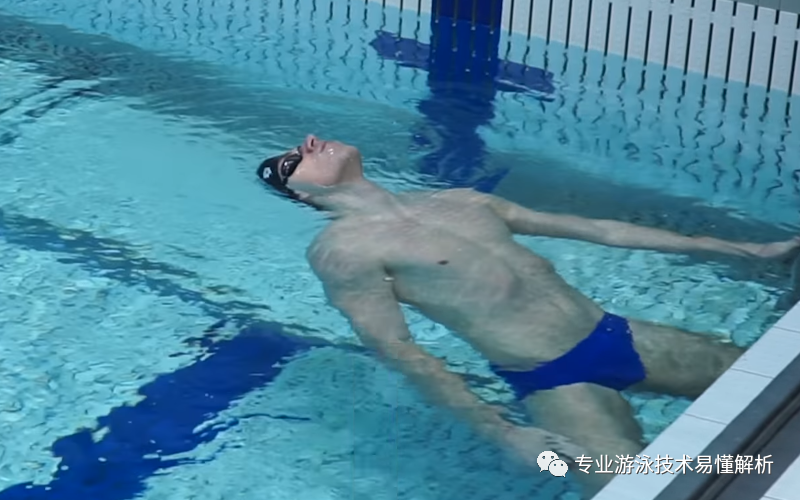
2. Lie on your back and exhale through your nose.
After mastering exhaling while lying face down, move on to practicing exhales with your nose above the water. Float calmly on the surface; before submerging your head completely, take a natural breath, then gradually lower your face into the water while continuing to exhale steadily through your nose.
The key to this exercise is to stay relaxed—don’t let yourself get too tense. You might still experience a slight sensation of water entering your nose during your first few attempts, but that’s perfectly normal. Don’t worry; just keep practicing. Focus your attention on the sky you see above the water’s surface—this simple trick will help you unwind effortlessly. And remember, your nose only needs to breathe naturally—no need to force anything.
Some swimmers may not be comfortable lying flat on their backs in the water right away, often worrying they’ll sink or struggle to roll back into a relaxed position after settling onto their backs. If this happens, try first lying face down on the water’s surface, then gently turn your body onto your back while exhaling through your nose.
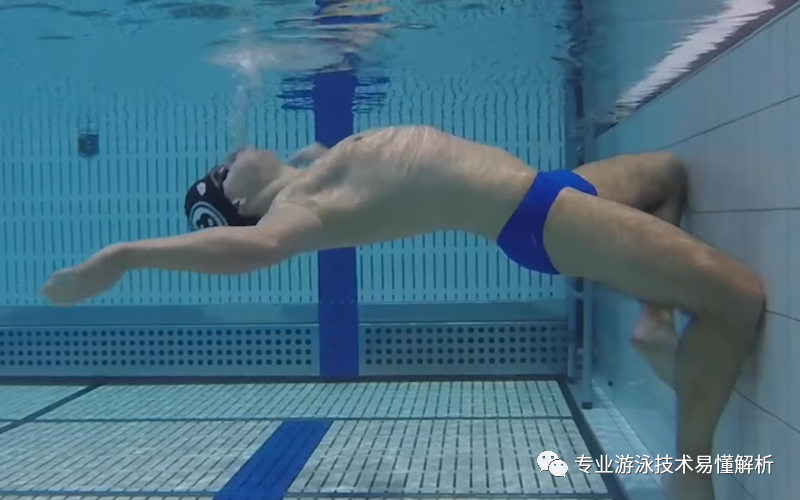
3. Completely say goodbye to the problem of nasal irritation
If you can confidently practice fully submerging your face underwater while continuously exhaling naturally through your nose, you can then move on to more advanced exercises—gradually diving your body even deeper, again maintaining that natural nasal breathing. At this stage, you may need to apply a bit more force when exhaling outward. Once you’ve mastered this, you’ll be ready for the final, ultimate breathing exercise.
Ultimate exhale exercise: Gradually lower your body into the water—down to the very bottom of the pool—while continuously exhaling through your nose. Then, gently tilt your head back until your nostrils are fully facing upward. At this point, the water pressure will make it noticeably harder to exhale through your nose, but with practice, you’ll still be able to maintain a natural, effortless breath.
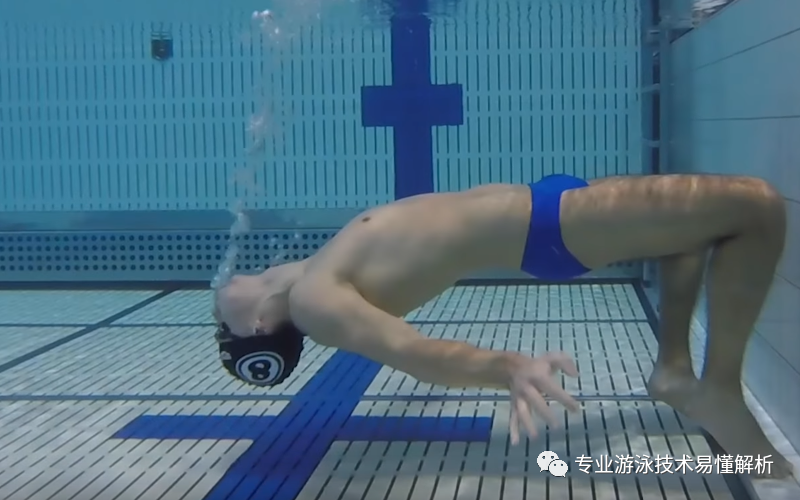
Once you’ve fully mastered exhaling and learned to control your breathing through your nose, breathing out through your nose will no longer be an issue—no matter which swimming stroke you’re using. All you’ll need to focus on is timing your open-mouth inhalations perfectly, allowing you to effortlessly develop the most efficient breathing technique without even realizing it.
Related Articles

Looking up while swimming isn’t an unconventional approach—here are three key benefits of improving your swimming technique.
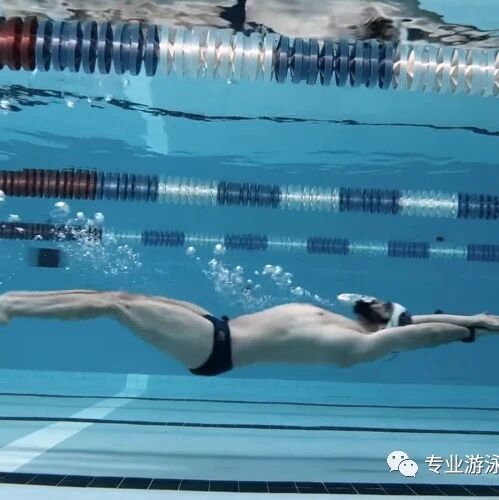
"Easy to learn is the biggest misconception about backstroke—common beginner mistakes to watch out for."
